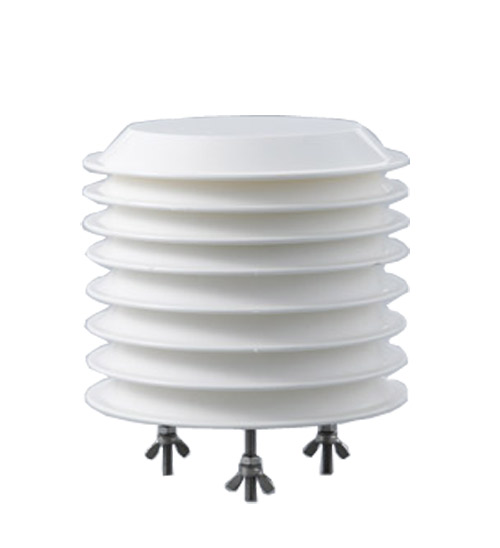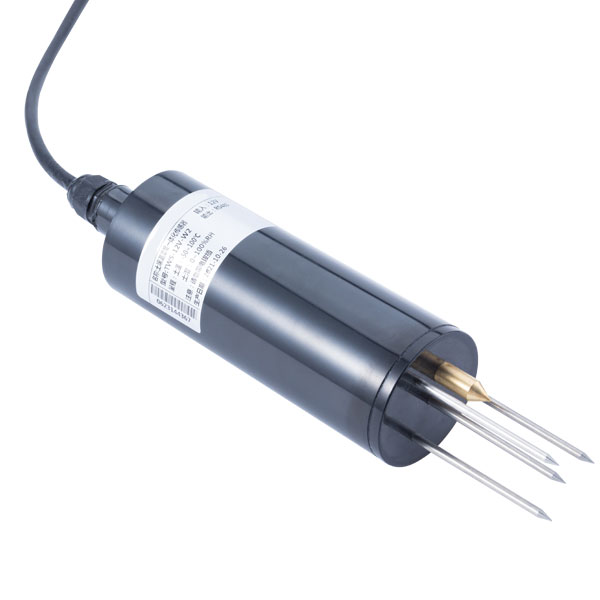

— Blogs —
—Products—
 Consumer hotline +8618073152920
Consumer hotline +8618073152920 WhatsApp:+8615367865107
Address:Room 102, District D, Houhu Industrial Park, Yuelu District, Changsha City, Hunan Province, China
Product knowledge
Time:2021-12-06 20:03:27 Popularity:1130
The difference between NB-IoT technology and LoRa technology
zoko-link Technology Co., Ltd. is a manufacturer specializing in the development and production of IoT hardware devices. The products apply NB-IOT technology and LORA technology. Let's take a look at the application characteristics and application scenarios of the two technologies.
The Chinese LPWAN market has formed two major technology camps, NB-IOT and LoRa. Since NB-IOT was put forward, it has been favored by countries and operators. The Ministry of Industry and Information Technology clearly requires that the scale of base stations reach 1.5 million by 2020, and the number of connections should exceed 600 million.
The three major operators have been actively deploying NB-IOT networks since 2017. At present, they have basically achieved national coverage and are still under continuous construction.
The development of LoRa in China in the first half of 2018 was controversial due to the "Technical Requirements for Micropower Short-Range Radio Transmission Equipment" (Draft for Comment) issued by the Ministry of Industry and Information Technology in December 2017. Alibaba has joined the LoRa camp one after another, undoubtedly injecting a "cardiotonic agent" into the development of LoRa in China.
So what is the future development of the two technologies in China?
NB-IOT (Narrow Band Internet of Things) and LoRa (long range) are the main Internet of Things LPWA technologies developed in China.
Factors such as national policies, working frequency bands, technical characteristics, network environment and application scenario requirements will affect the development of the two technologies in China, but in the future, a situation where NB-IOT is the main LoRa supplement will be formed to jointly promote the common development of LPWAN.
For solution providers and application companies, when deploying a network, it is necessary to select the appropriate wireless communication technology based on the network environment and scenario requirements.
▌NB-IOT is an international standard, LoRa is a private technology
LPWA technology is designed for IoT application scenarios with low speed, low power consumption, wide coverage and large connections. The current mainstream LPWA technologies include NB-IOT, eMTC, LoRa and sigfox.
Among them, NB-IOT is formulated by 3GPP, the most authoritative standardization organization in the communications industry, and approved by the International Telecommunication Union ITU, which is an international standard;
The core technology of LoRa is in the hands of the US Semtech company, which is a private enterprise technology.
▌The battle between NB-IOT and LoRa
NB-IOT working frequency band allocated by the state can provide higher service quality
The radio spectrum is radio waves, which are electromagnetic waves between 3HZ and 30GHZ. It is a limited non-renewable resource. Governments all over the world list the spectrum as state-owned, regulated and paid for use.
The NB-IOT frequency band used by operators is uniformly allocated by the country, and there is no risk of frequency being cleared.
The wireless environment is relatively clean and can provide a higher quality of service. The 470-518MHz used by LoRa in China is the frequency band allocated by the Ministry of Industry and Information Technology to radio and television. The "Technical Requirements for Micropower Short-range Radio Transmission Equipment" (draft for comments) issued in December 2017 stipulates that this frequency band can be used for radio meter reading. However, there are restrictions on the transmission power, frequency, etc. and if it interferes with the local broadcasting business, the use must be stopped. If the requirement is officially used, it will have a fatal blow to the development of LoRa.
At present, the industry uses cooperation with local radio and television to promote LoRa technology, but after all, it does not meet the requirements of the radio regulatory agency. If the country redistributes the frequency band, there is a risk of being cleaned up. The wireless environment is complex, the interference is large, and the communication quality cannot be guaranteed.
Prev:LoRa-wireless technology in the field of IoT applications
Next:5G blessing, how will AIoT revolutionize the industrial Internet
Sensors & Weather Stations Catalog
Agriculture Sensors and Weather Stations Catalog-NiuBoL.pdf
Weather Stations Catalog-NiuBoL.pdf
Related recommendations
Related products
 Atmospheric Temperature Humidity Pr···
Atmospheric Temperature Humidity Pr··· Soil Temperature Moisture Sensor 4-···
Soil Temperature Moisture Sensor 4-··· Air temperature, humidity and atmos···
Air temperature, humidity and atmos···
Screenshot, WhatsApp to identify the QR code
WhatsApp number:+8615367865107
(Click on WhatsApp to copy and add friends)